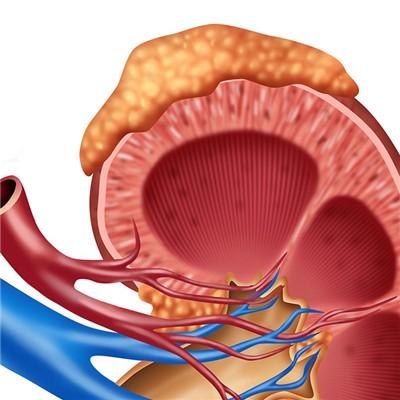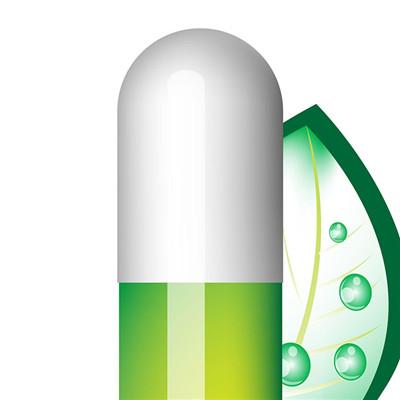How to treat primary liver cancer?
summary
In daily life, many patients with liver cancer are more embarrassed. The harm of this disease to patients is very big. My father has been suffering from hepatitis B for many years, and has no treatment, and usually has no symptoms. Now he is old, and his liver disease is getting more and more serious. He looks pale at ordinary times, and looks a little edematous. Sometimes he has pain in the liver area. Finally, he went to the hospital and found out that he had liver cancer in the early stage. After treatment, he got a lot better. Let's talk about how to treat primary liver cancer?.
How to treat primary liver cancer?
Treatment 1: surgical resection is the first choice for the treatment of small hepatocellular carcinoma, and it is also an important way for patients to obtain long-term survival. According to the follow-up results of 1068 patients with small hepatocellular carcinoma who underwent surgical resection, the 5-year survival rate was 62.7%, and the 10-year survival rate was 46.3%.
Treatment 2: it should be noted that not all patients with small liver cancer can be surgically removed. The best indication for hepatectomy is the patients with child Pugh a liver function, no severe portal hypertension and good liver reserve function; the patients with child Pugh B liver function can also choose hepatectomy, but they need to make full preparation before operation to improve the liver function as much as possible to reach child Pugh a, while the patients with child Pugh C liver function are the best The contraindication of hepatectomy.
Treatment 3: according to the mechanism that the early micrometastasis of liver cancer and the main tumor are located in the same segment of liver, anatomical hepatectomy is more reasonable for surgical resection, because anatomical hepatectomy can remove the tumor and intrahepatic disseminated micrometastasis at the same time in theory, so as to reduce postoperative recurrence, and also reduce the possibility of cancer cell abscission and intrahepatic dissemination and distant metastasis caused by intraoperative operation squeezing tumor Transfer at the same time. Compared with anatomical hepatectomy, non anatomical hepatectomy has no statistical significance in short-term efficacy and mortality, but its long-term efficacy, long-term survival rate and disease-free survival rate are still inferior to anatomical hepatectomy.
matters needing attention
Smoking and drinking are also bad for fatty liver. Drinking wine, beer and a small amount of wine can promote blood circulation and remove blood stasis. In fact, this is not the case. Alcohol is harmful to people's health. The gastric mucosa in the stomach has a protective effect on the human body. Alcohol can digest the gastric mucosa, and the cells in the stomach will be injured. The toxic substances in the food will be easily absorbed by the stomach. In this way, it is easy to cause alcoholic hepatitis, reduce the immune function of the liver and the whole body, and damage the detoxification function of the liver. This is why people who drink alcohol have poor detoxification function, which is easy to cause alcoholic cirrhosis. Some cirrhosis will turn into liver cancer.














